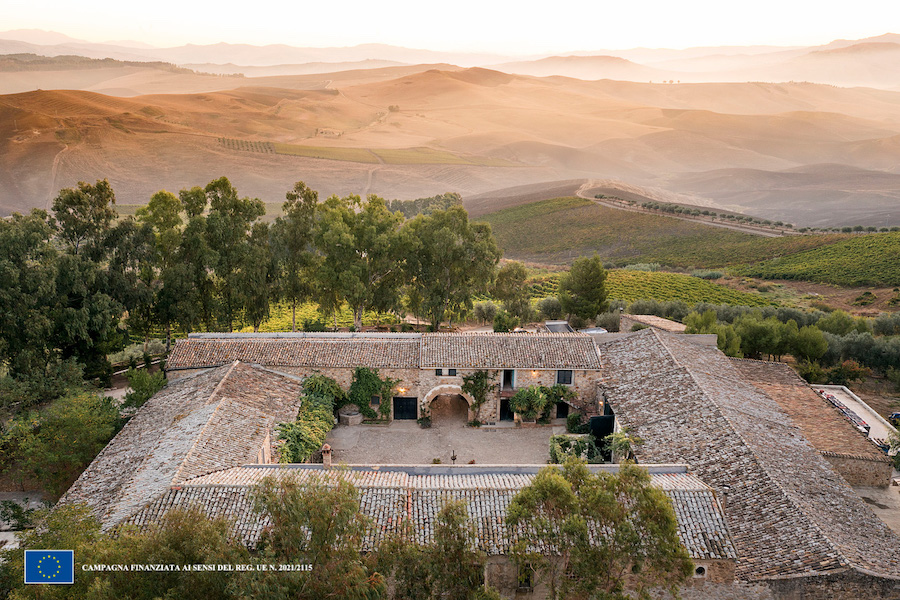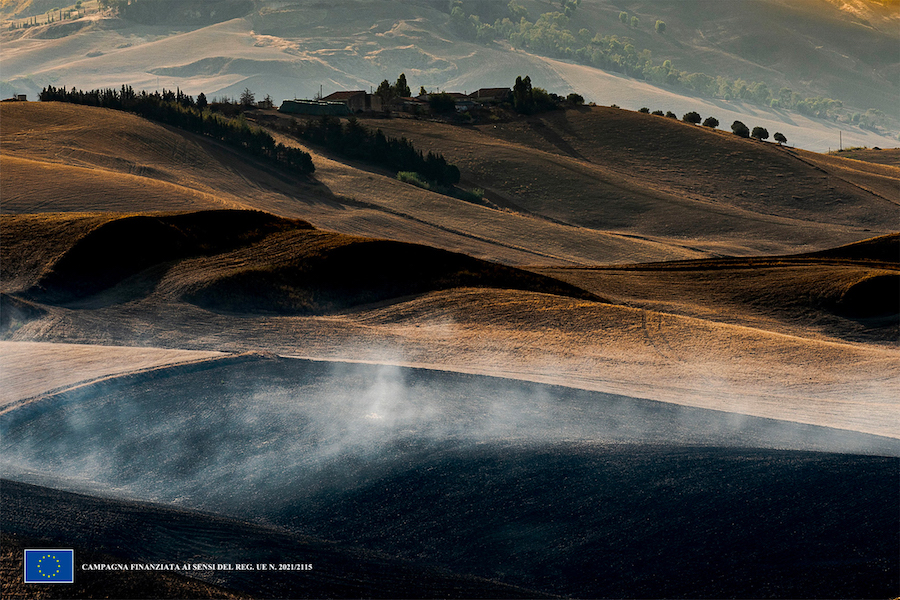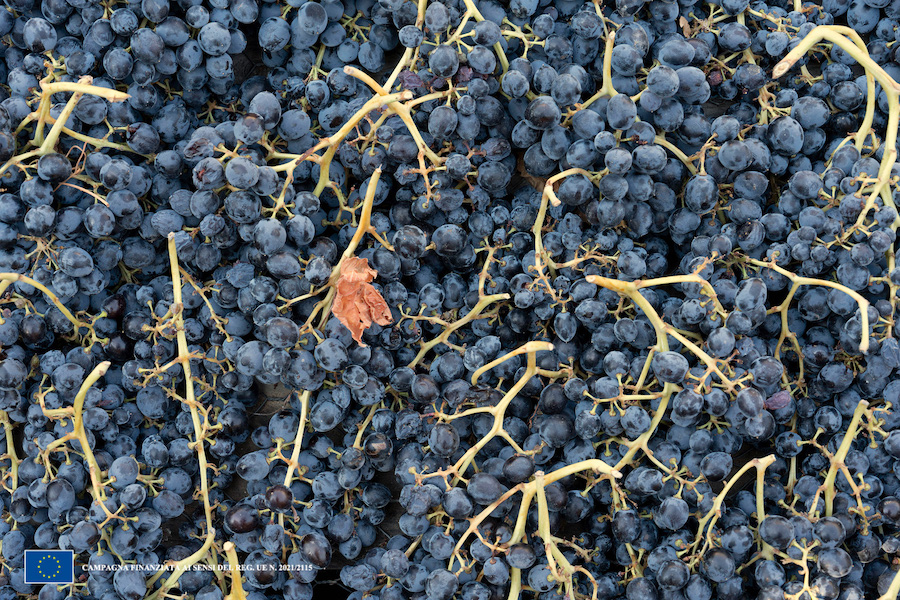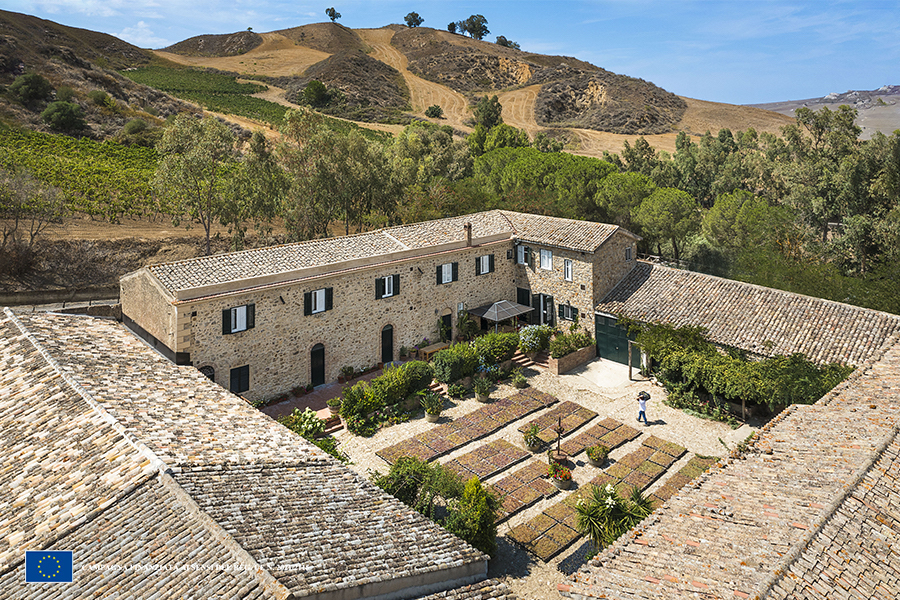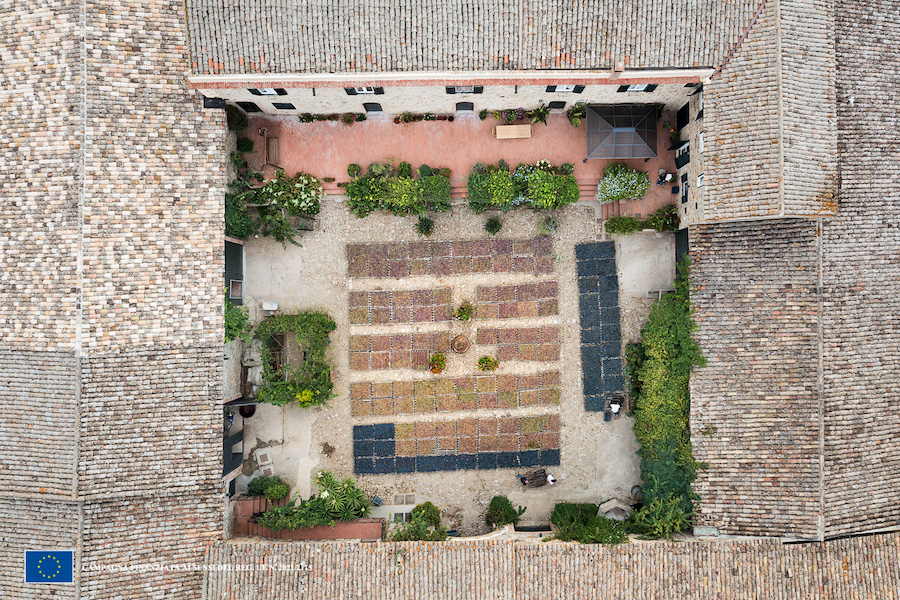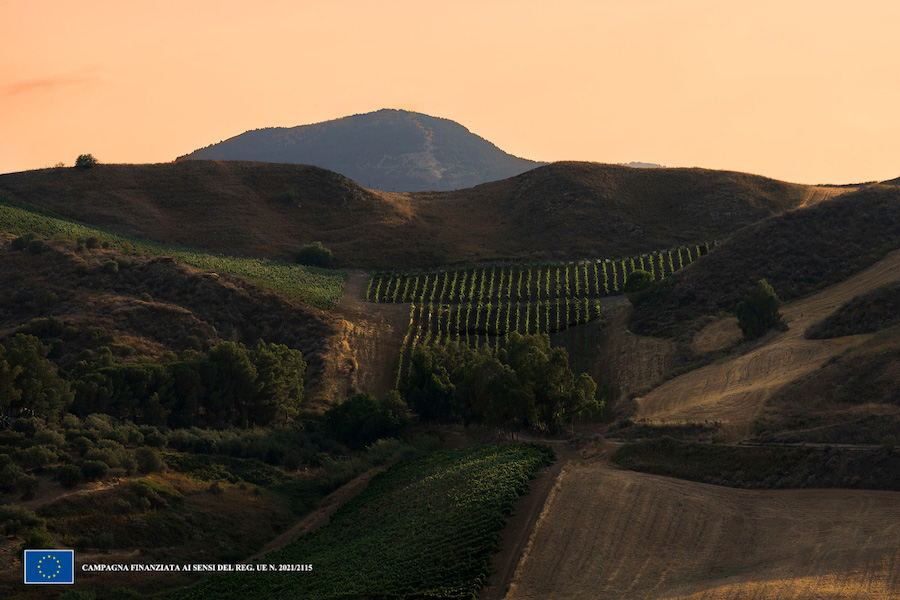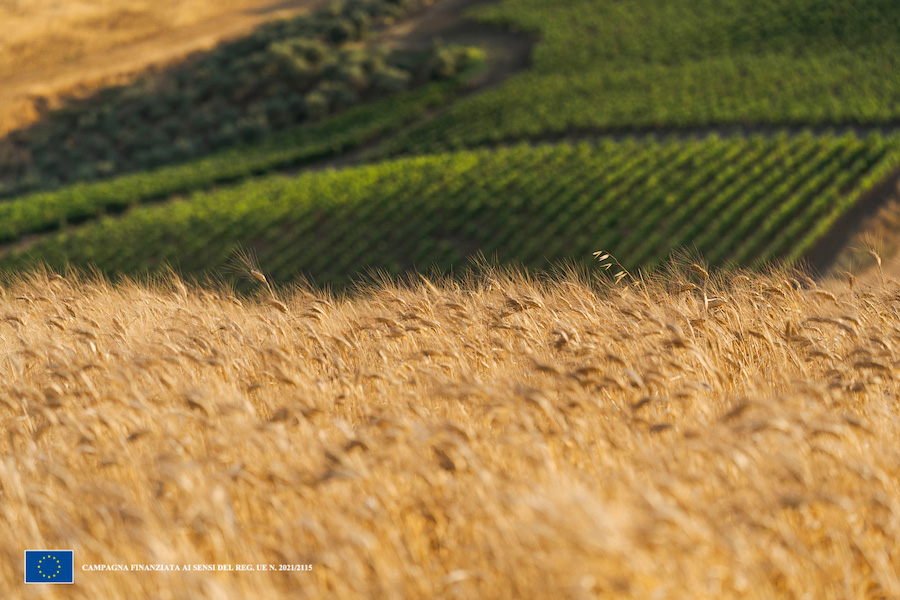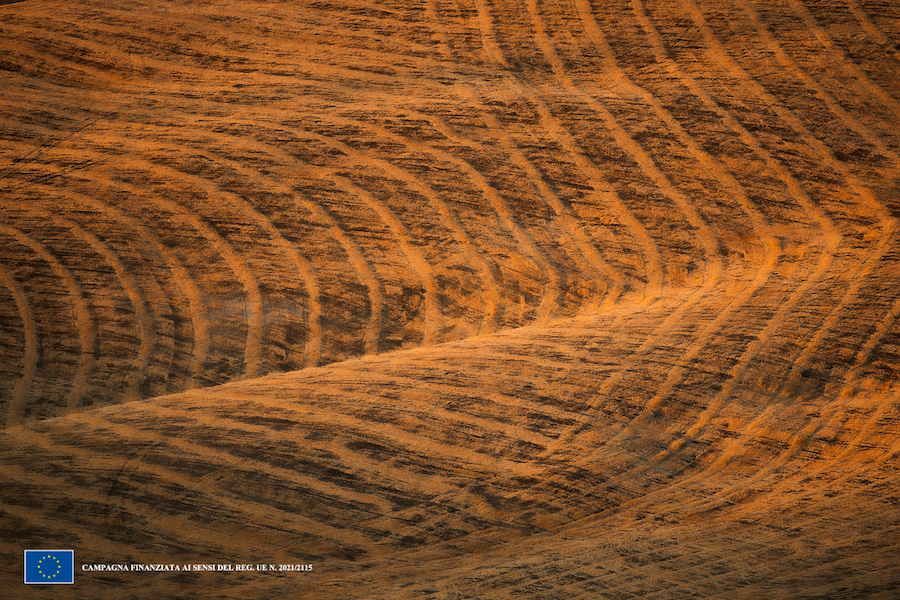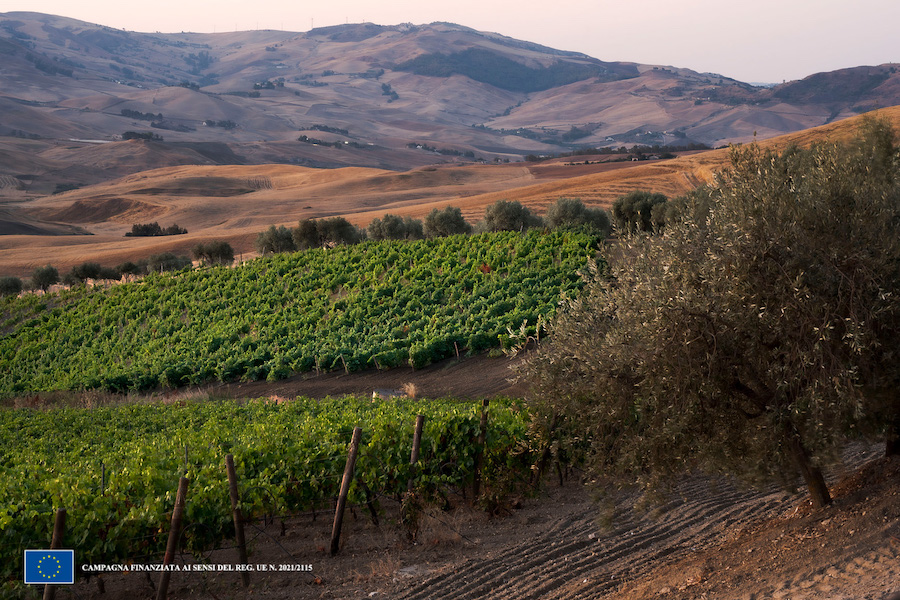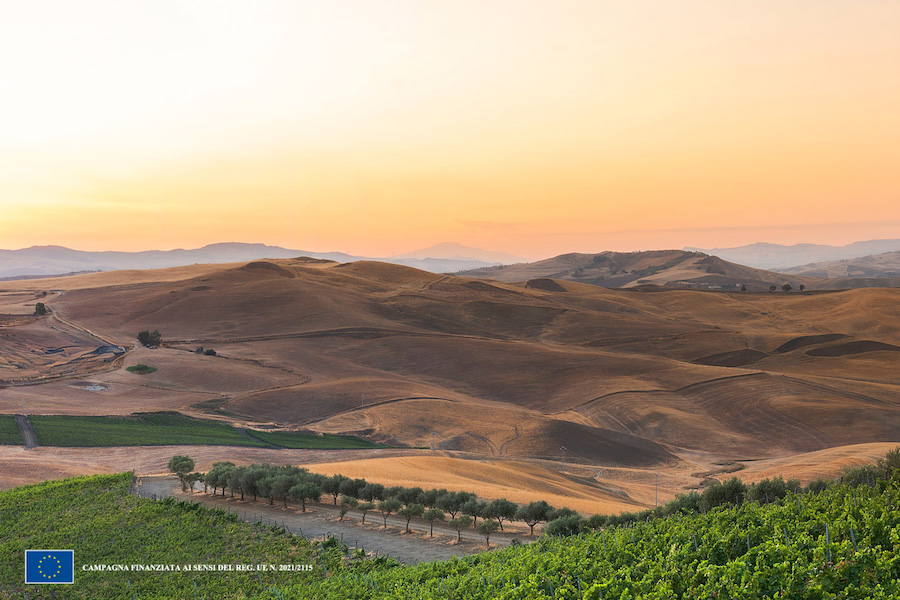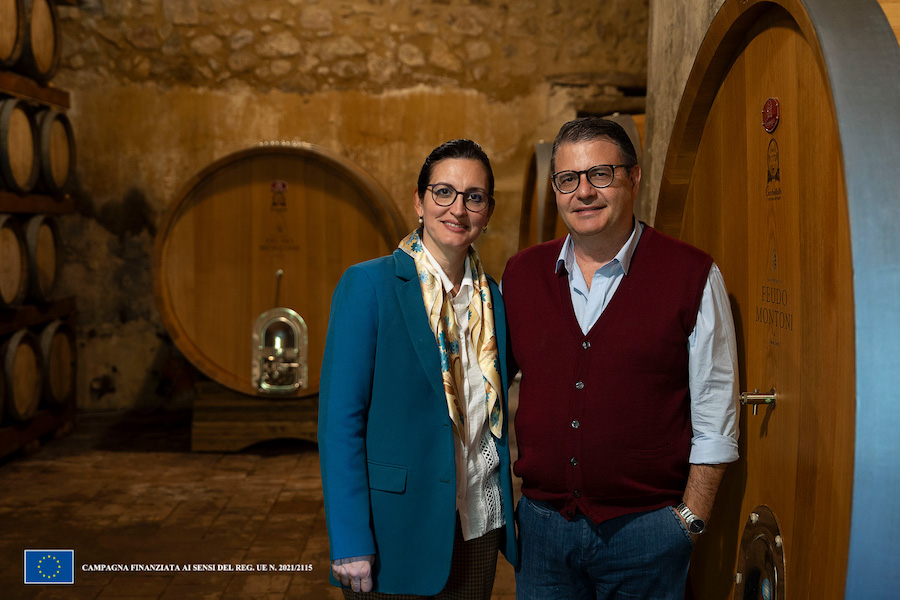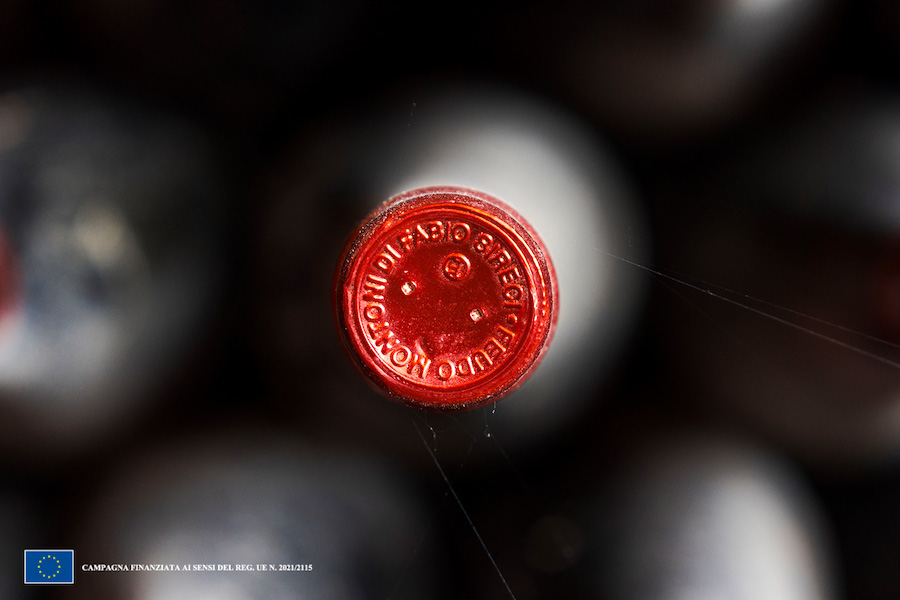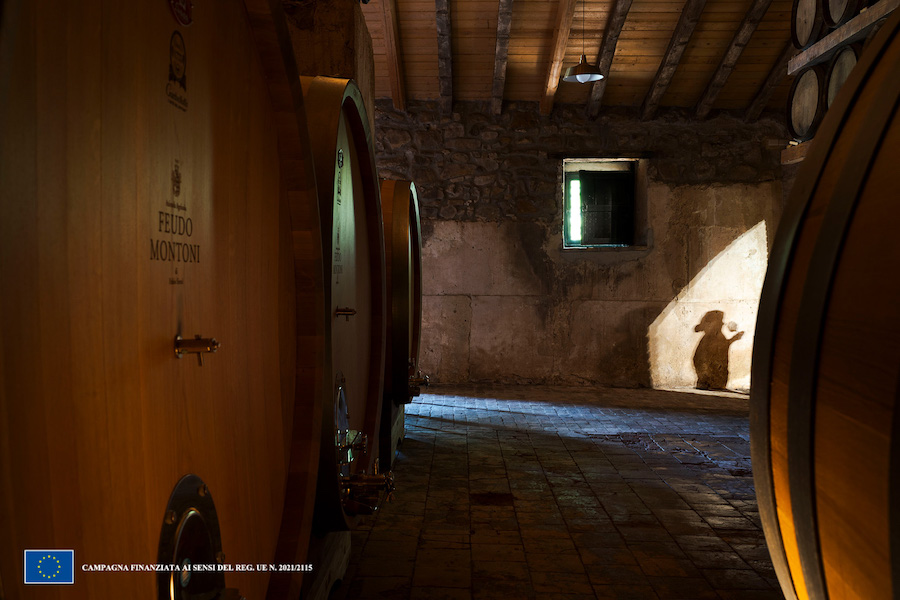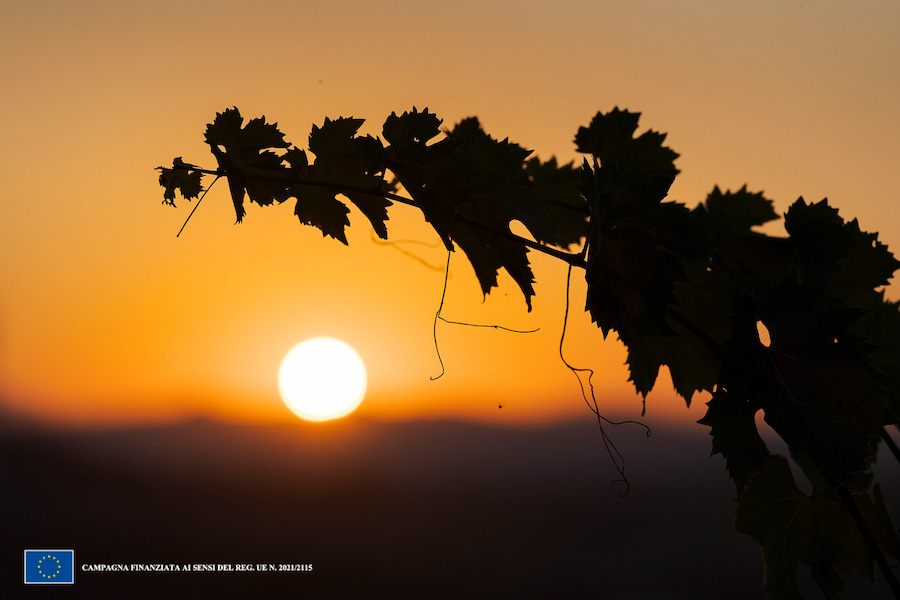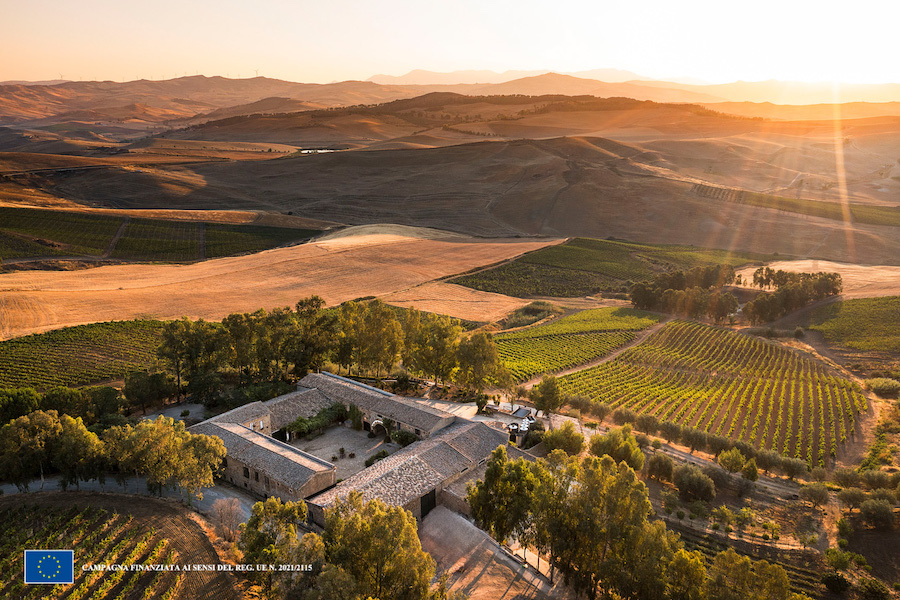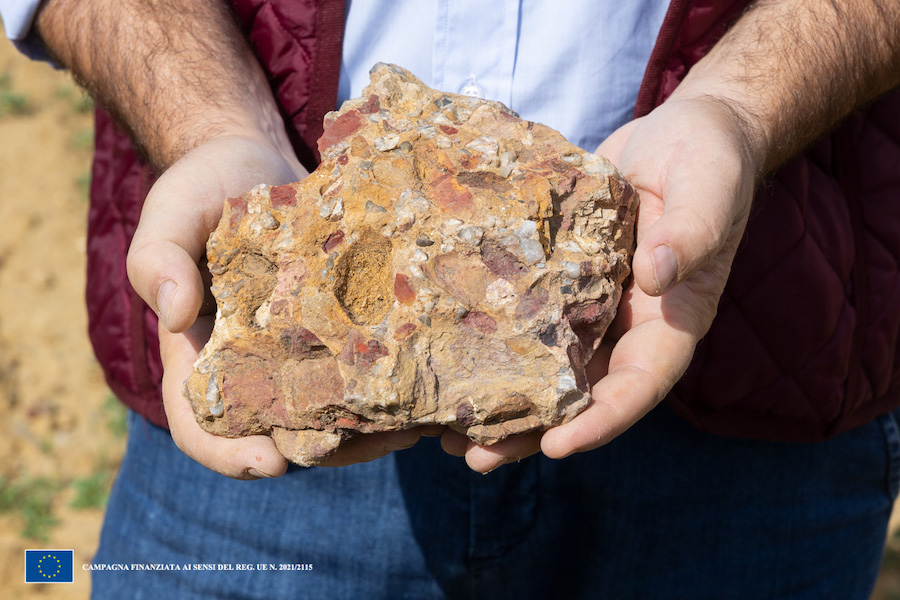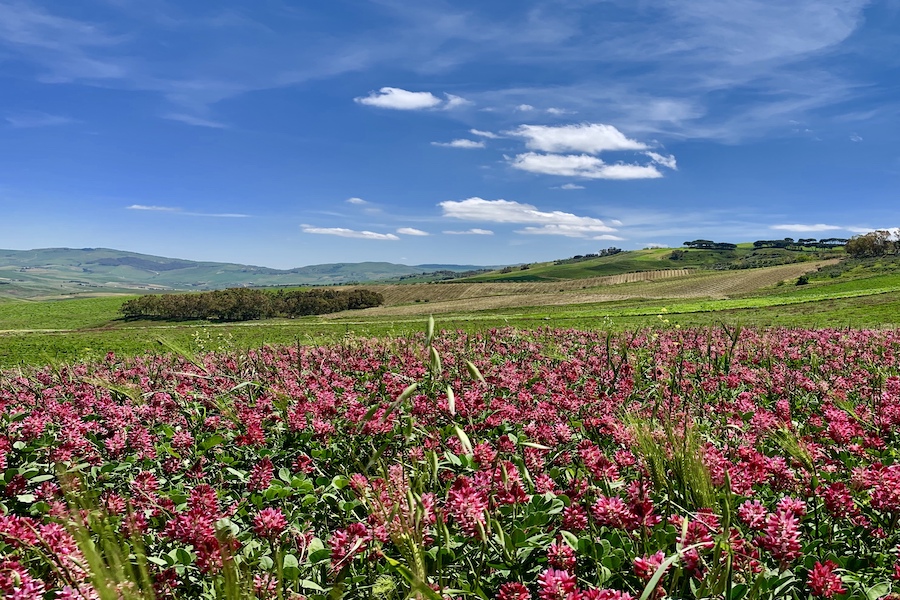“Our wines are created in the vineyards.”
What do we do in the Vineyard to maintain the identity of our wines?
In general we always talk of wine or of the cellar.
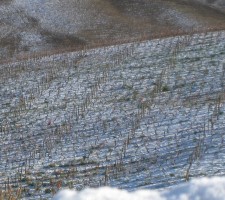
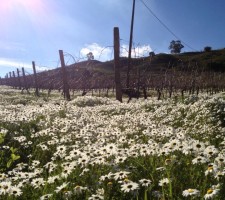
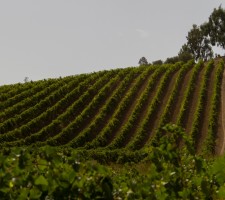
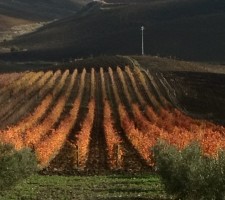
When setting up a vineyard the viticulturist has two roads he can follow:
- “Buying the plants from nurseries” after having chosen them from a catalogue in which the cultivar and its in a laboratory selected clones are described.
- “Propagate the ancient vines from your own vineyards”, (Mass Selection), with the traditional techniques of propagation or grafting.
The first solution “Buying the plants from nurseries” is very simple, economical and quick (after 1 year you get the first grape clusters). The second solution “To propagate the ancient vines from your own vineyard” is very complex, risky, expensive and above all slow (it takes 3 years to get the first grape clusters).
The first way leads to recognation of the grapes, the second one produces grapes with unique characteristics and exclusiveness.
This second way is the one that has always been adopted at Montoni. In the past this was the only possible way. Today it becomes a brave and expensive choise, but essential to protect the own identity.
“Grafting at Montoni”
Fabio and his family, for three generations and for over a century, know their plants one by one, they know which vineyards give the best wine, and therefore they have selected them as “mother plants”, plants from which the “genetic code” is drawn and transferred into the new vineyards.
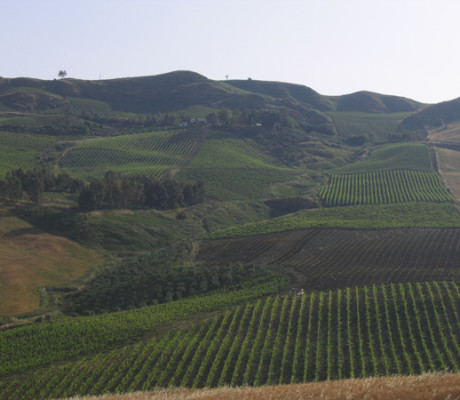
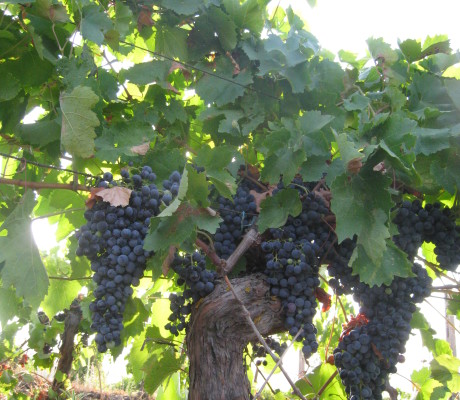
The first operation consists in setting up wild plants in the soils. For one year they are cultivated like the others.
The following summer the grafter takes from the mother plant, with a sharp grafters knife, a piece of wood, in Sicilian “la pezza”. This small wooden piece, also named “the Scion” will be inserted in the wild plants.
The fases of grafting
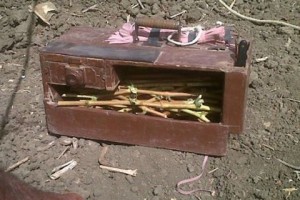
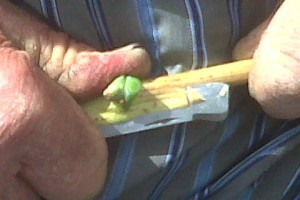
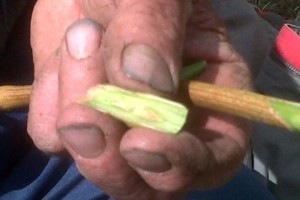
From left to right: a typical wooden box containing pieces of canes from the mother plant; cutting the Scion (a little piece of wood with a bud) to implant; the inside of the Scion.
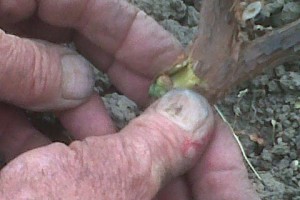
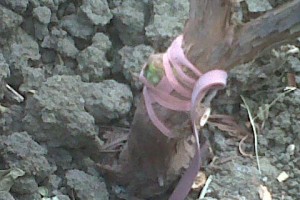
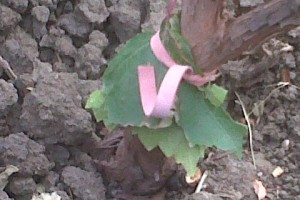
From left to right: incision and insertion of the bud on the wild plant; the graft is wrapped with a rubber band or ribbon; placing leaves onto the graft to protect it against the possibility of rain.
In the following winter, during pruning time, a part of the wild plant is cut, leaving a unique branch from which a new vine will grow and that will produce clusters of grapes solely and exclusively with “DNA from Montoni”.
The layering at Montoni
This technique is used more with old plants (40-70 years). In autumn a branch of the mother plant is buried: from the buried part small roots will grow, while the buds above the ground grow new shoots.
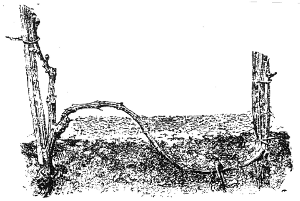
After a couple of years, when Fabio and his crew verify that the little new plant is capable to servive in an autonomous world, they will proceed to cut the connection with the mother plant, getting a new plant “Vite Europea” (“Ungrafed vine”). This shows that the lands of Montoni are highly resistant to the Phylloxera.
Using ancient techniques we get plants and grapes with a copyright given to us by Nature… Feudo Montoni.
A few brief notes:
- Bush wine training system of the vineyards
- Organic fertilization based on the sowing of beans
- Organic fertilization based on manure
- Organic protection of the plants by the use of Sulphur
- Emergency irrigation with water from the lake
